How to Safely Vent Your Kiln Room
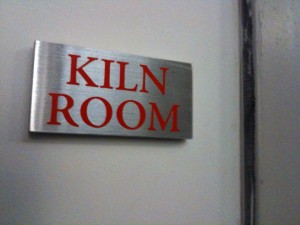
Kiln room ventilation and safety is common concern for artists and instructors. And for good reason- kilns emit gases that irritate the lungs. Depending on what you are firing, a kiln firing can produce toxic fumes or disperse heavy metals into the room. And of course, a kiln that is firing can make the room uncomfortably hot.
Depending on your needs, there are a few different venting options that can work for your situation.
Overhead vents
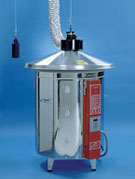
These are similar to kitchen vent hoods that are installed over stoves. Overhead vents remove fumes and heat from the outside of the kiln. They install directly above the kiln and are lowered down a few inches above the kiln during the firing. Overhead vents can also be installed directly into the ceiling.
Overhead vents remove both heat and fumes from the kiln room. This is important for schools and universities who may have fire alarms or sprinklers installed above their kiln.
Keep in mind that to function correctly, overhead vents must have an air supply coming into the kiln room. If you don’t have a continuous source of air available, via an air intake system or an open door, the vent motor can overheat and stop functioning.
Overhead vents are most commonly seen in public school or university kiln rooms. If you’re a school teacher firing a kiln, check with your maintenance department to make sure everything is set up and functioning correctly.
Downdraft vents
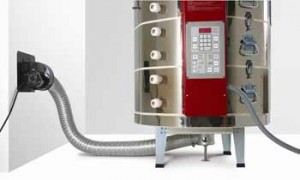
Downdraft ventilation systems are installed underneath the kiln to remove gases and fumes. Because these systems suck out the fumes from inside of the kiln, before the fumes ever reach the room, they are the safest venting solution for those who work around the kiln while it’s firing.
Keep in mind that a downdraft system will not remove heat from the room. You will need either a strong air conditioning system or an additional overhead vent to cool the room.
A common brand and model of downdraft vent is Skutt’s Envirovent 2. It installs to the bottom of the kiln and vents outside via ducting. Beyond safety, there are other benefits to using a downdraft system. Gases from a firing can produce a weak reduction atmosphere in an electric kiln. That might sound great to someone working with a gas kiln, which needs that type of atmosphere to achieve reduction glaze effects. But in an electric kiln, it means dull glaze colors or “dirty” bisque that can later produce glaze faults.
Window with natural draft or fan unit
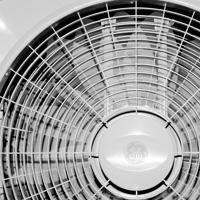
If your studio is in a garage or an extra room in your home, you can create cross ventilation by opening windows, doors, or installing a reversing fan unit in a window. It’s not recommended that you work in the room at the same time that you fire the kiln because some clays and glazes contain heavy metals or toxic fumes that disperse during firing.
Which venting you choose will depend on your kiln room set up and budget. Your local pottery supplier can be a great resource for helping you choose the right vent for your studio.
Those are the three main solutions for kiln room venting. Have you used or seen any other useful or creative solutions for venting? Let us know in the comments section.
 ClayGeek Clay — it's what we do.
ClayGeek Clay — it's what we do.
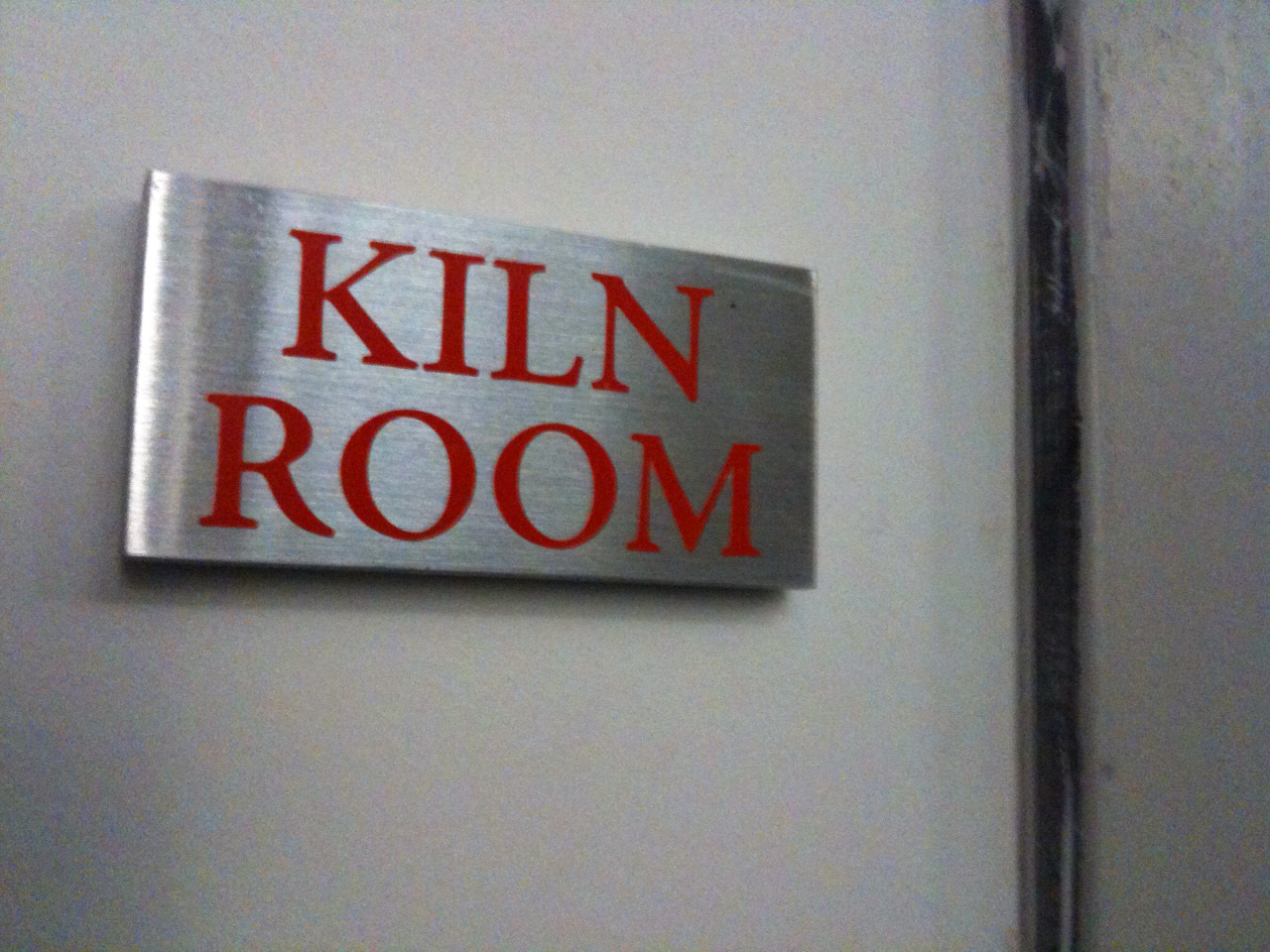
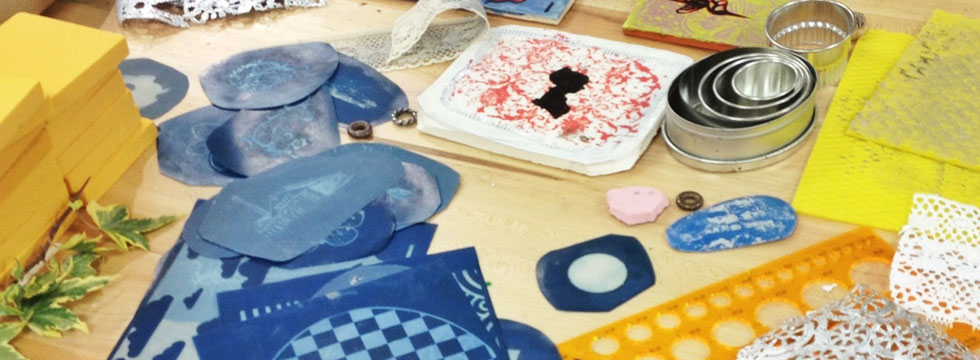
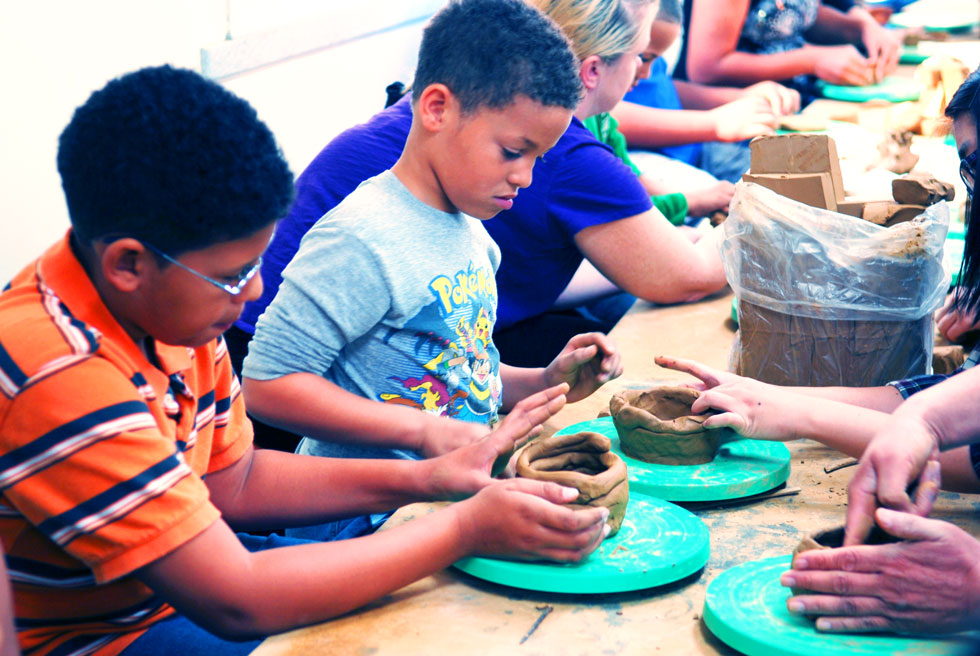
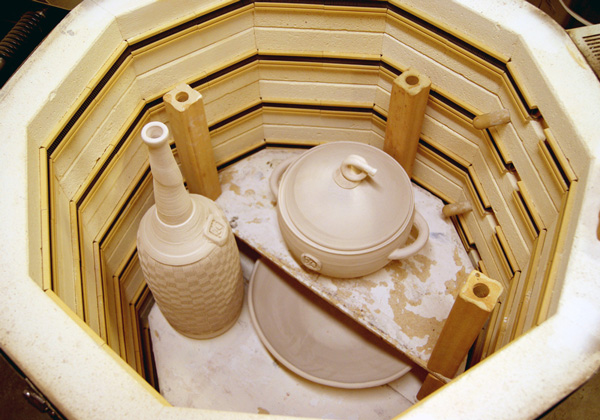
Just wondering if a kiln is located in the basement of your home is a fan at the window a safe option. I don’t want to contaminate our home with poisonous fumes
Hi JW! A fan at a window would not be enough to deal with the fumes. You would need a downdraft vent system, like Skutt’s Envirovent, to make a kiln safe in a basement situation. Any kiln that is inside a home should be vented with a downdraft system. If your kiln is in a non-central air conditioned garage, you can get away with a window fan or an open garage door – assuming you’re also not hanging around in the garage constantly while it fires. Not sure if that would be an option for you.
I have a 12 x16 shop with a standard door and an attic venelation exhaust fan. I also have a have a squirrel cage fan.
Which one is adequate ?
I made some pottery about a month ago or more and thought it was adequately bone dry. After about 15 20 minutes in the kiln on low it blew apart. It was relatively thin pieces.
Can you tell me what a low temp should be for the first hour or so as per the instruction in the side of the kiln. I have a heat sensor that is hand held with the lazer dot and shine it inside the open top. It is an older model Duncan kiln. Low, medium, high, and extra high. The lid is supposed to stay open for the low and medium settings per the instruction on the side. The switch is called an infinite switch.
Should the coils be orange on a low setting?
Hi Claude, that should work for basic ventilation. I wouldn’t get into the habit of working in the room while the kiln is firing without having a downdraft vent system installed. But I know we all still do when we’re in a time crunch! 🙂
For the explosion problem- I’d pre-heat/candle the pieces at 180 degrees Fahrenheit for at least an hour. Even in bone dry pieces, there’s a little moisture still in there that needs to pre-heat out… especially if you’re in a humid climate. Avoid preheating too close to 215 degrees Fahrenheit since that’s the boiling point of water. I’m betting your kiln went past 215 to quickly.
I may be getting an electric kiln for my school. What are the safety requirements? It would have to be in my classroom where my desk is now. There is some space there and it is noext to a window so a vent could be installed out of there. My floor is wood so could I use a brick base? How high and wide would it be? I see i would also need a downward vent for toxic fumes. Could that also go through the window higher up (so kids dont walk by it)? How much space does it need around it? Could I fire over the weekend safely? Also can you recommend a good book on hw to use a kiln, how to create pieces that wont explode and simple info on glazes. I would probably take a short course as well but I want to start educating myself right away. Also an idea of the costs for these materials. I know this is alot but I dont know much!